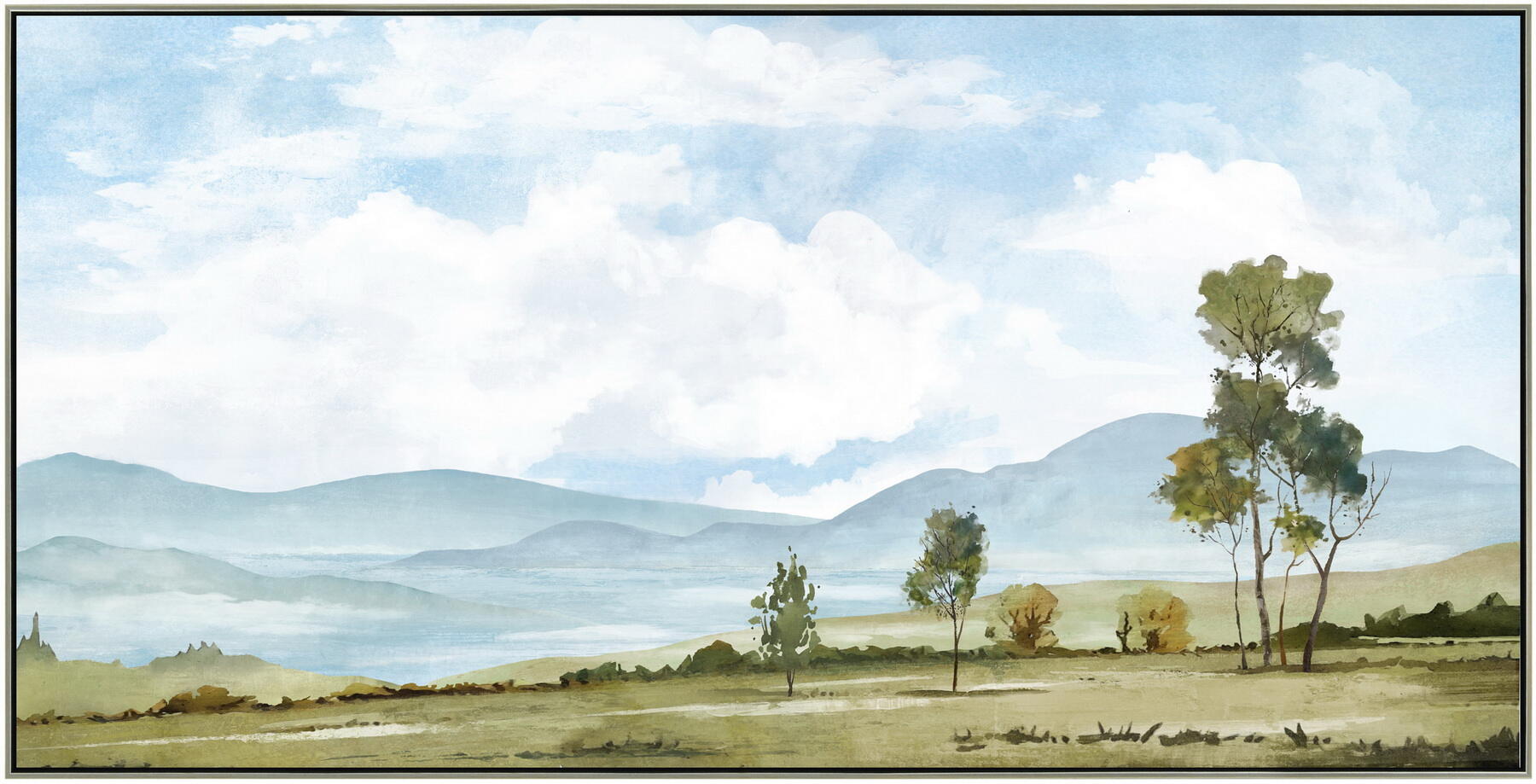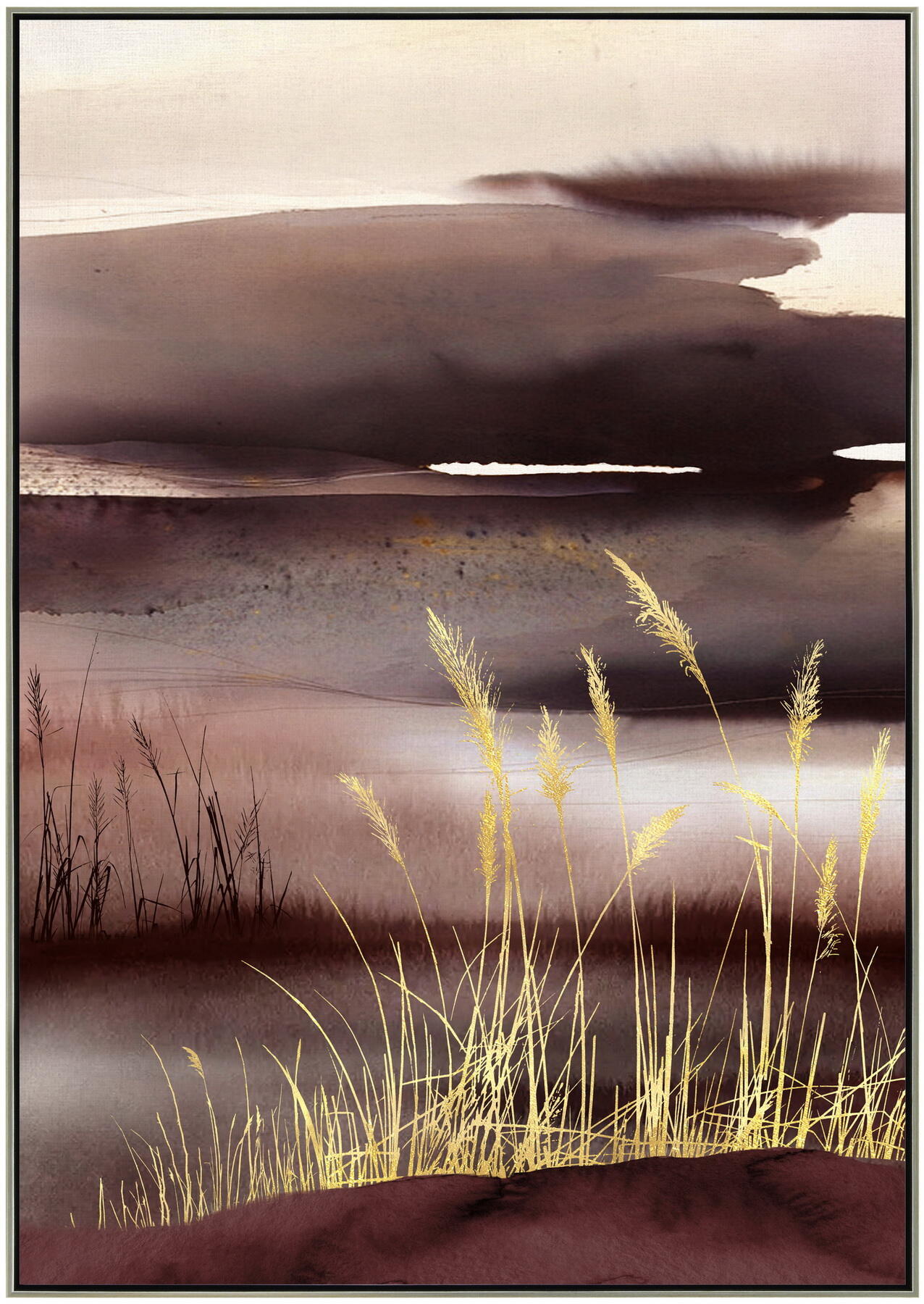painting on landscape
Painting on landscape represents a sophisticated blend of artistic expression and environmental integration, encompassing both traditional techniques and modern innovations in outdoor artistic creation. This versatile form of artistic expression allows artists to capture the natural beauty of outdoor settings while incorporating various mediums such as oils, acrylics, or watercolors directly onto the landscape itself. The process involves careful consideration of environmental factors, utilizing specialized materials designed to withstand weather conditions while maintaining aesthetic appeal. Artists employ advanced color-matching technologies and eco-friendly materials to ensure their work harmonizes with the natural surroundings. The technique often incorporates site-specific elements, working with existing terrain features, vegetation, and architectural elements to create seamless integration. Modern landscape painting applications extend beyond purely artistic purposes, finding practical uses in environmental restoration projects, urban beautification initiatives, and sustainable landscape design. The process requires expertise in both artistic composition and environmental science, ensuring that the final result not only enhances visual appeal but also maintains ecological balance.

